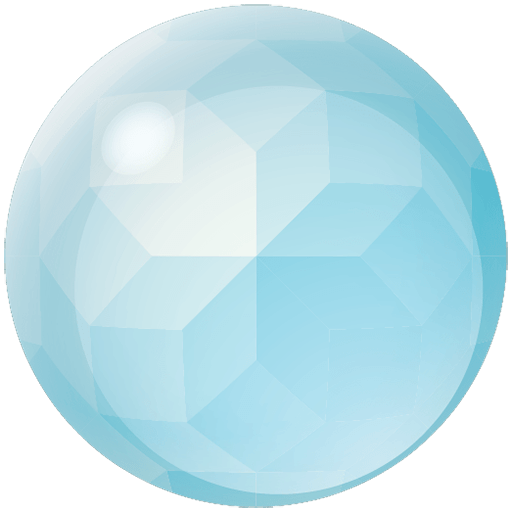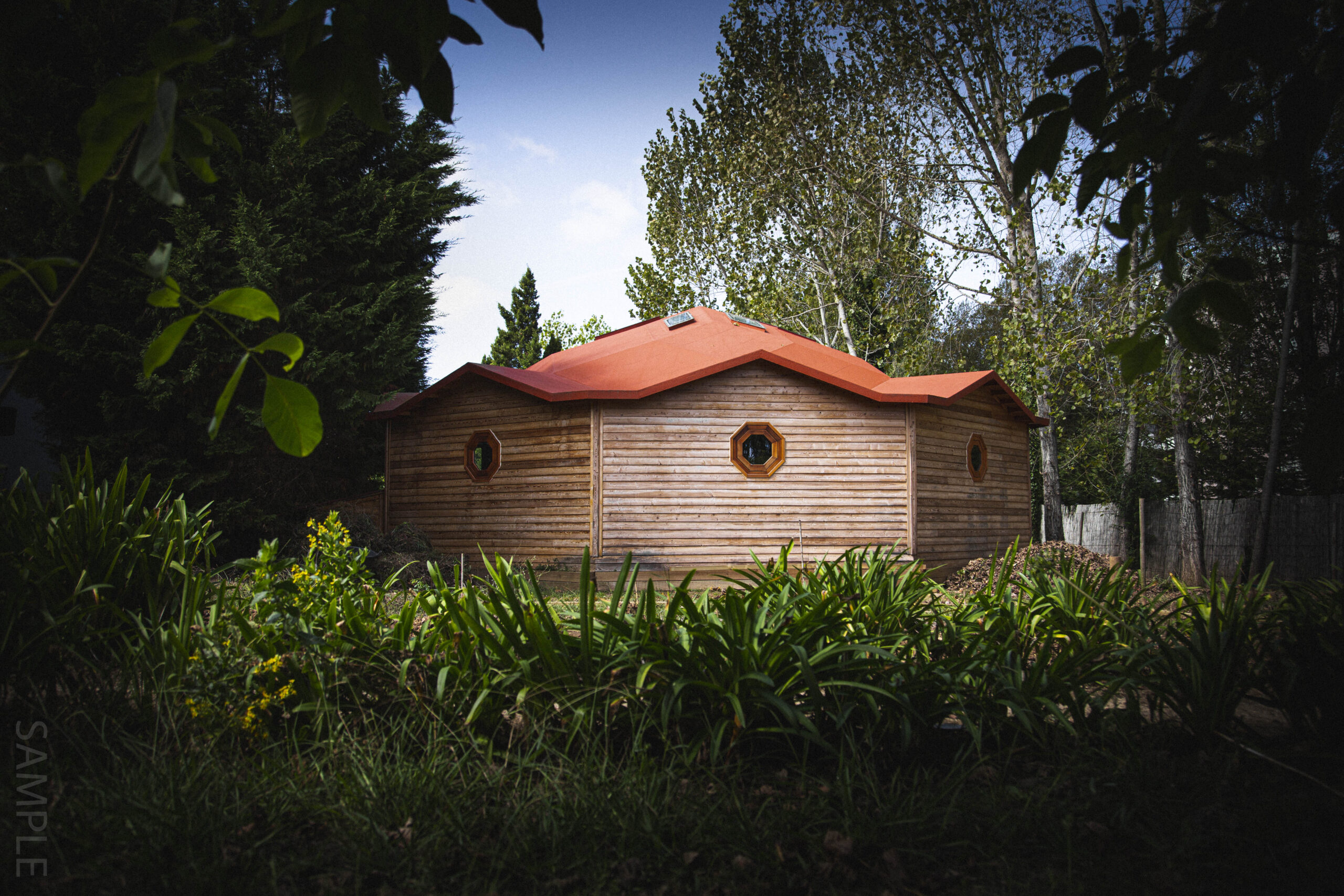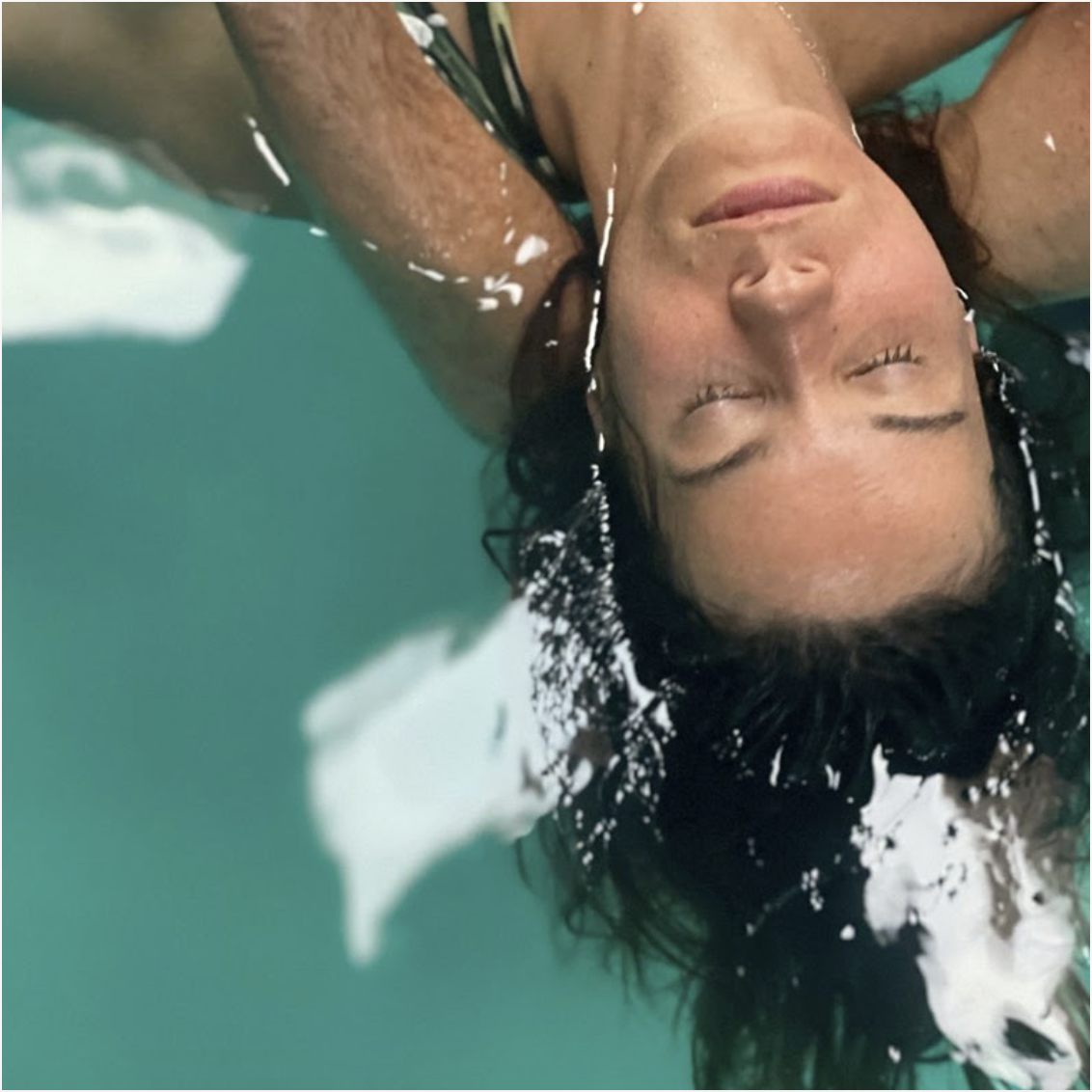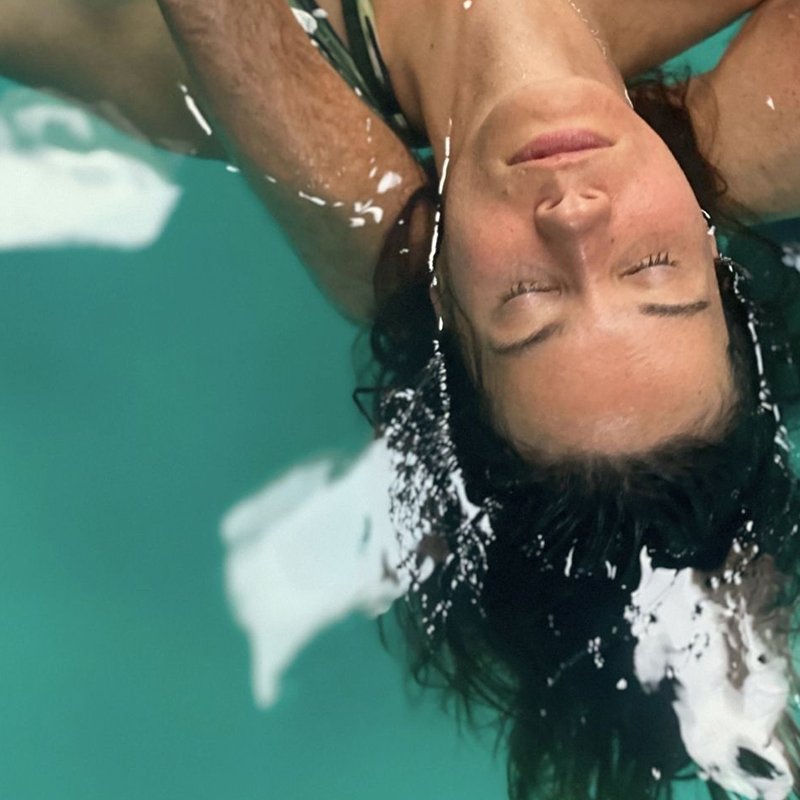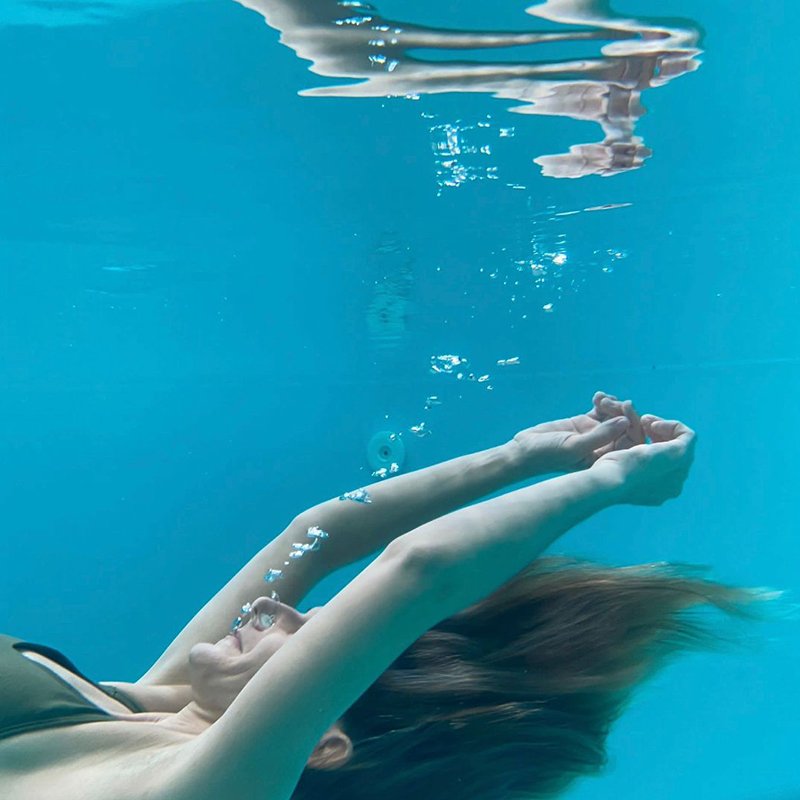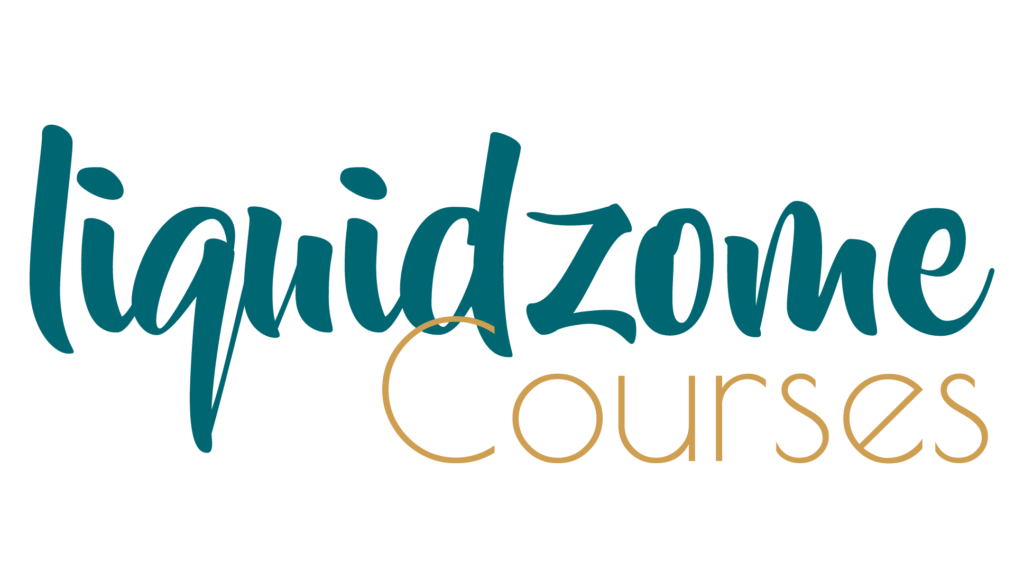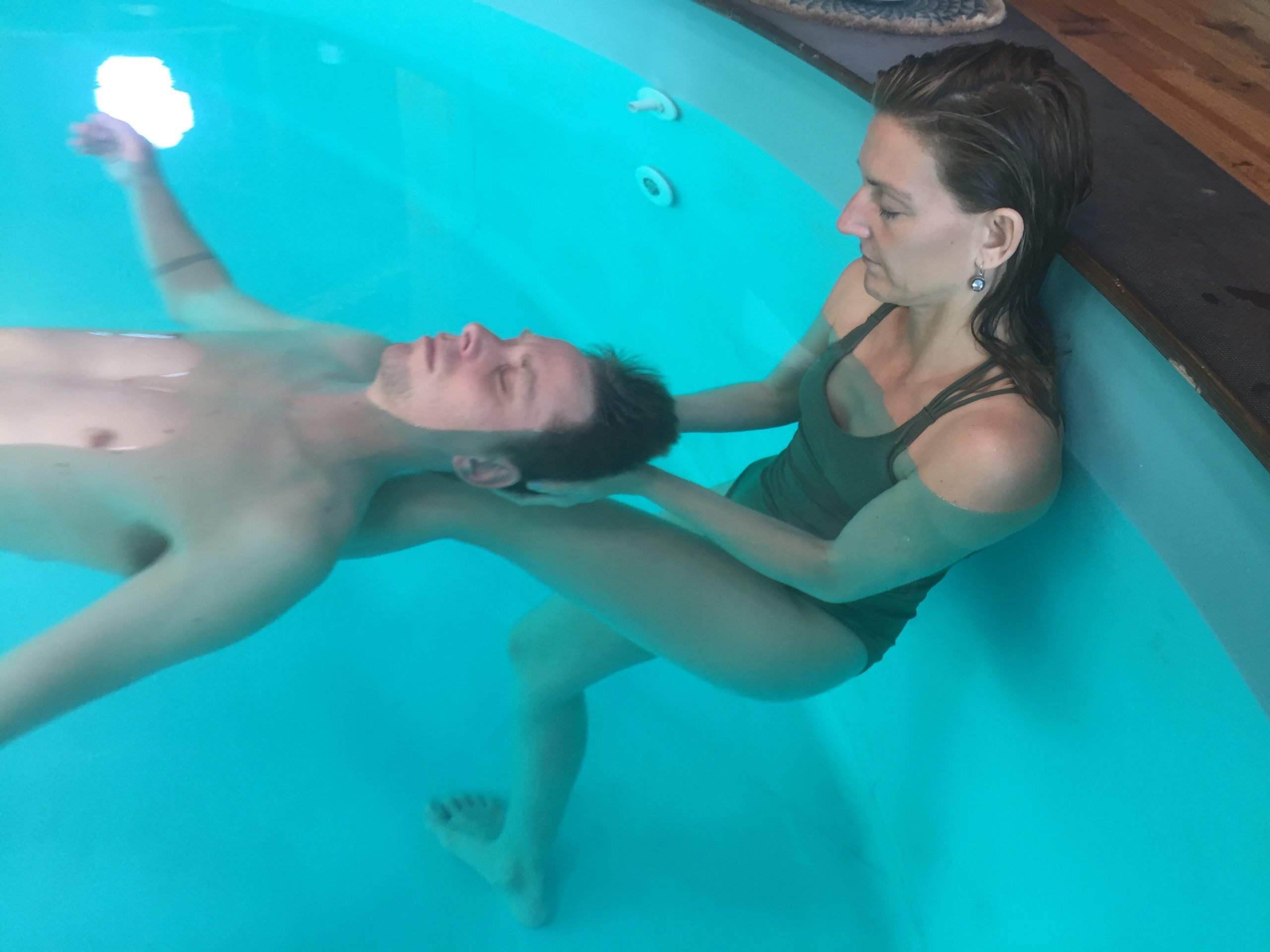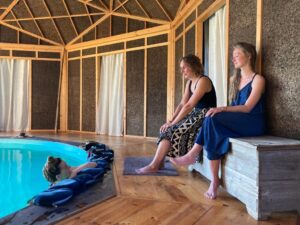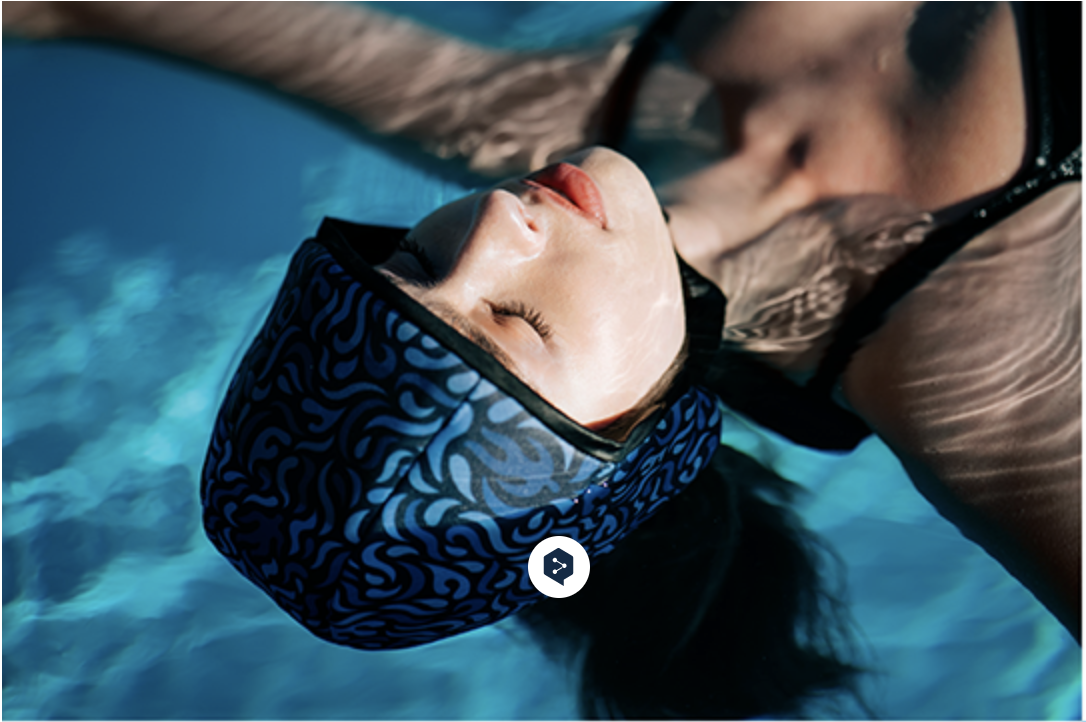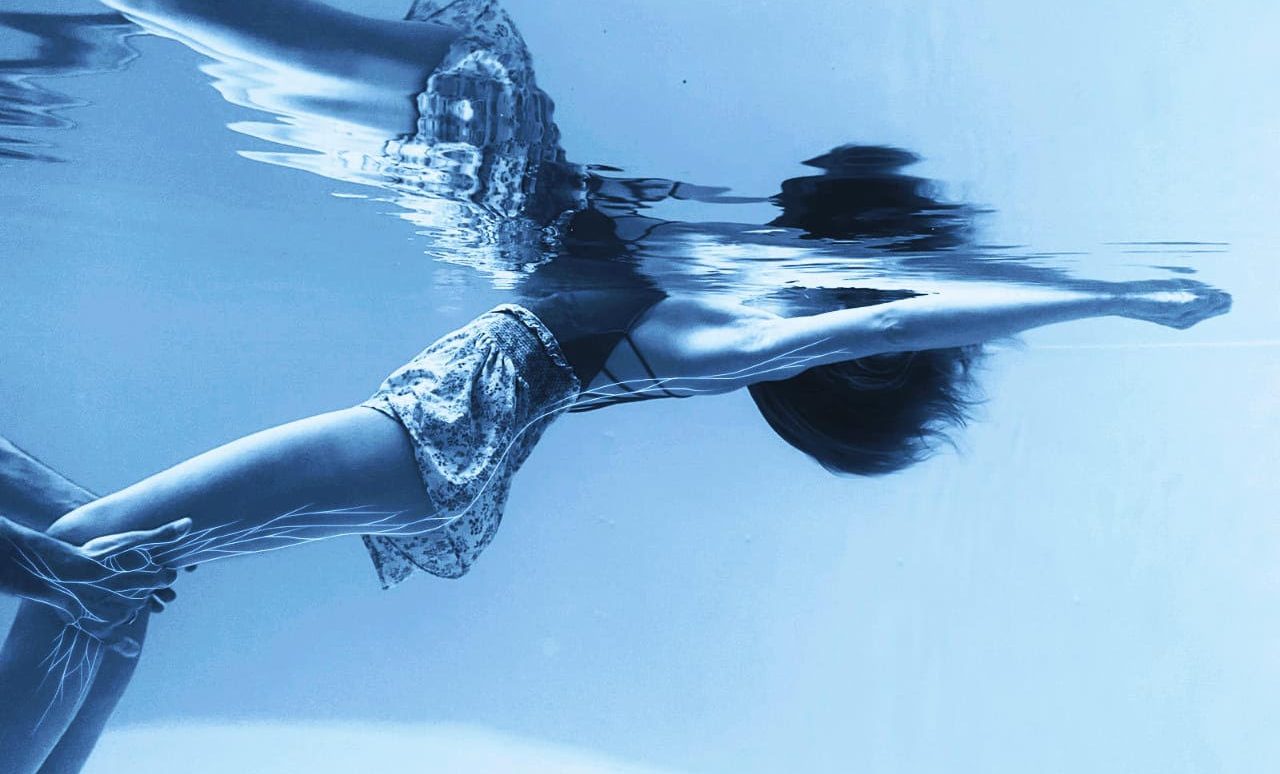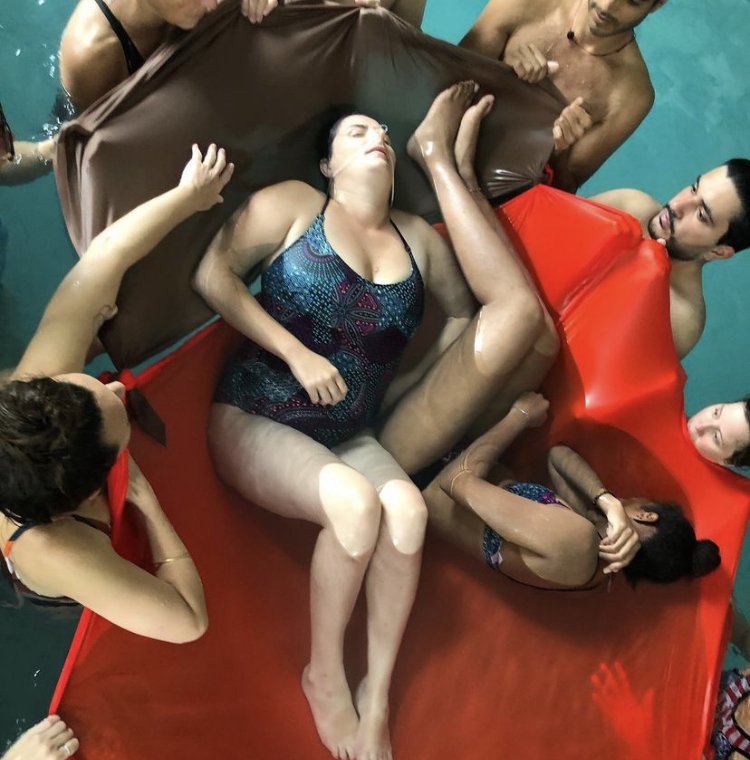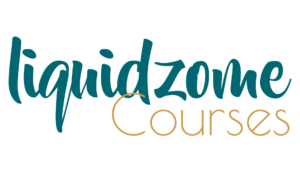No products in the cart.
Discover the Science Behind Aquatic Bodywork in a Sacred Geometry Water Temple
Delve into the fascinating world of aquatic bodywork within a sacred geometry water temple nestled in the serene landscapes of Sintra, Portugal. The profound effects and scientific benefits of this therapy, conducted in warm waters by experienced therapists, offer a unique healing experience aimed at reconnecting individuals with nature in a conscious and transformative manner. Join us as we unravel the intricacies of this ancient practice, exploring the liquidzome environment designed specifically for aquatic bodywork, where elements harmonize to provide a rejuvenating and enlightening journey.
Unveiling Aquatic Bodywork – The Essence of Water Healing
Water has been recognized for its therapeutic qualities since ancient times. The essence of water healing in aquatic bodywork lies in its ability to support and move the body in ways not possible on land. In the buoyant embrace of warm water, muscles relax, joints decompress, and a sense of weightlessness takes over, allowing for a deeper state of relaxation. The water’s gentle resistance also provides a subtle form of hydrotherapy, enhancing circulation and promoting detoxification. Practitioners of aquatic bodywork use these properties to align, stretch, and guide the body through fluid movements, tapping into the restorative powers of water to heal both physically and emotionally. This form of therapy not only soothes sore muscles but also calms the mind, encouraging a meditative state that fosters total wellbeing.
Scientific Insights into Aquatic Therapy
Scientific research into aquatic therapy reveals tangible benefits for the body and mind. The warmth of the water works to increase blood flow, which can accelerate healing and reduce pain. This is particularly beneficial for those with chronic pain conditions or injuries. Additionally, the hydrostatic pressure exerted by water can decrease swelling and improve joint position awareness, which is crucial for recovery and rehabilitation. The psychological effects are equally impressive, with studies indicating that aquatic therapy can lower stress hormones, reduce anxiety, and enhance mood. Moreover, the rhythmic movements and breathing patterns required during aquatic bodywork can stimulate the parasympathetic nervous system, leading to a restful and digest state that promotes internal healing. All these factors combine to make aquatic therapy a scientifically-backed approach to holistic healing and recovery.
The LiquidZome Experience – Embracing Sacred Geometry
Sacred geometry is integral to the LiquidZome experience. The water temple’s design is based on geometric patterns that are believed to resonate with the energy patterns of the universe. These shapes and proportions are found throughout nature and are thought to contribute to the healing powers of the environment. By embracing sacred geometry in its construction, the LiquidZome aims to align its visitors with these universal energies, enhancing the therapeutic effects of the aquatic bodywork provided within its space. The dome-like structure of the temple creates a sense of wholeness and infinity, enveloping clients in a tranquil and sacred atmosphere. This intentional design also amplifies sound and movement within the water, deepening the sensory experience of the therapy. Overall, the use of sacred geometry is not just aesthetic; it is a fundamental component that supports the transformative experience of the Liquidzome.
Expert Therapists in a Natural Sanctuary
At the heart of the LiquidZome experience are the expert therapists, each bringing a deep understanding of the healing arts to their practice. These professionals have honed their skills to work in harmony with water’s natural properties, offering personalized sessions that cater to each individual’s needs. With a focus on creating a safe and nurturing environment, therapists use a combination of techniques, ranging from gentle holds to dynamic stretches, allowing for a holistic healing process. The sacred geometry water temple is not just a setting for treatment but a natural sanctuary that enhances the therapeutic interaction. Surrounded by the tranquil landscapes of Sintra, the setting itself contributes to the healing journey, as the untouched beauty of nature supports deep relaxation and rejuvenation. The confluence of skilled therapists and the natural sanctuary provides an unparalleled experience of restoration and peace.
